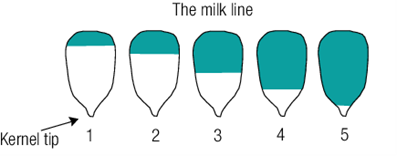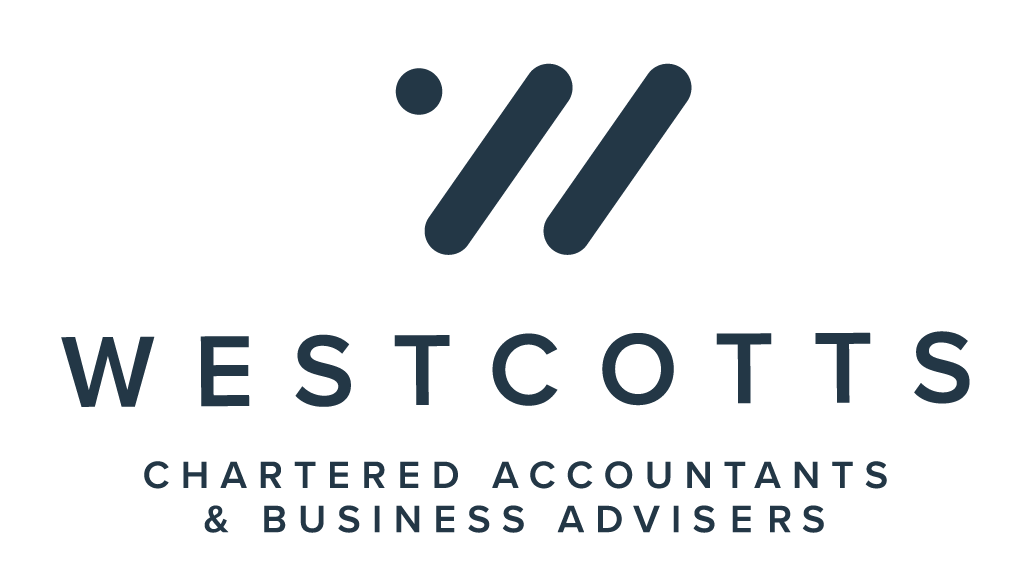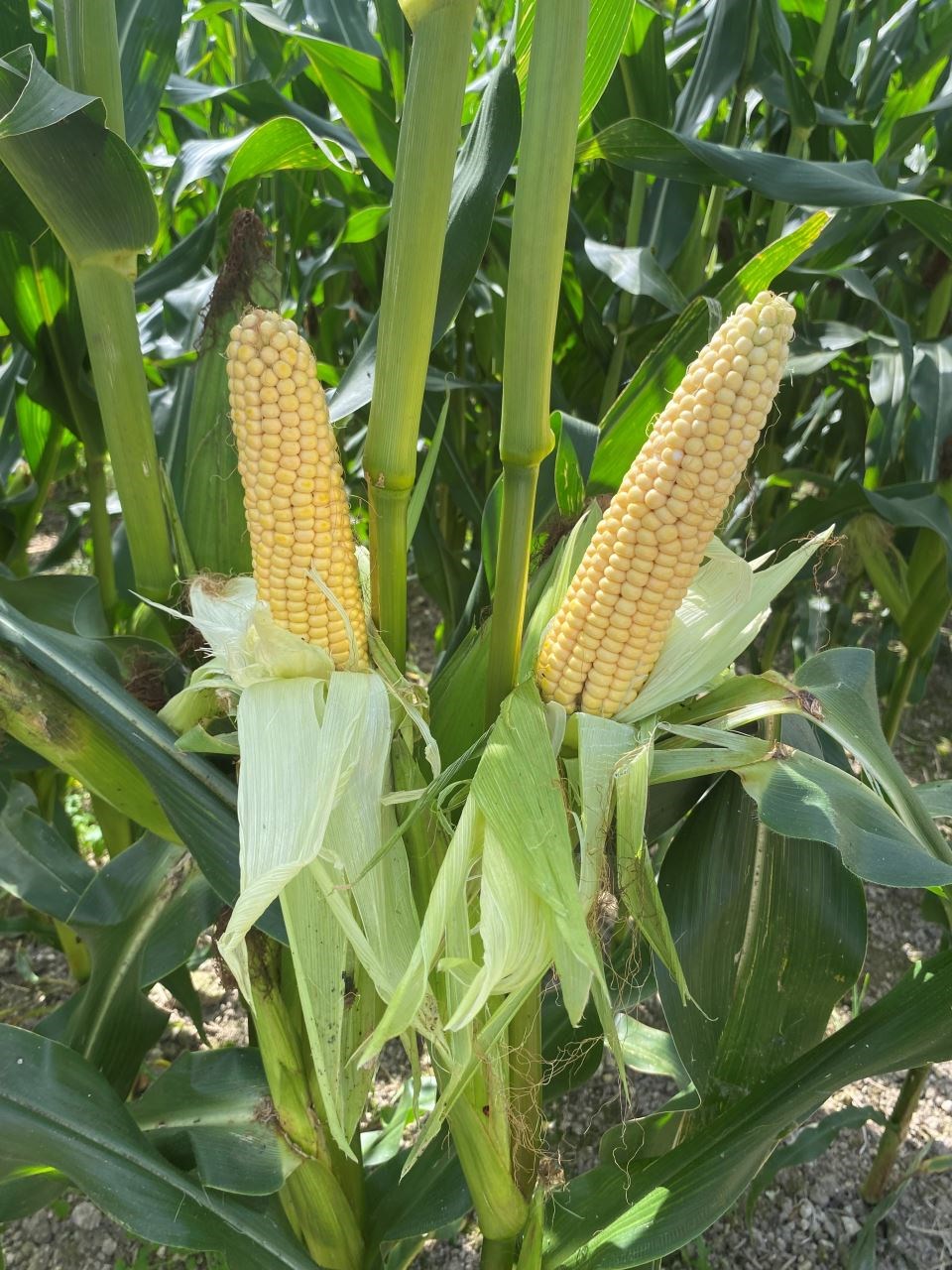Harvesting maize for silage and effective silage clamp management. A comprehensive guide for UK farmers
Maize in UK farms is starting to move through the final growth stages in September, particularly on sandy soils where the maize harvest appears to be around a week away. Therefore, it is key to start assessing crops weekly from now on to make sure you harvest at the right time for silage.
When should maize be harvested?
When assessing maize crops for their fitness for harvest, the quickest and easiest test to gauge the dry mater and maturity of the crop is the “milk-line” test.
This test involves collecting a number of random cobs throughout the field, and assessing kernels to see where the milk-line meets the starch. This test helps to give an indicator of crop maturity and dry matter content.
The diagram below explains how the milk line moves down through the crop as it becomes more mature:

Importance of milk line in maize
When harvesting maize for silage, target dry matters should be between 31-35%. To achieve this, the milk line needs to be 1/3 or ½ way down the kernel.
Sometimes it can be difficult to see the milk line, therefore break the cob in half and then cut into the grain from the outer edge until you get milk. If you have used a stay green variety, your milk line should be a little further on so that overall dry matter is within target levels.
Silage Clamp Management
Effective silage clamp management is integral to the success of any farming operation, particularly within the dairy and livestock sectors. Here our independent farm consultants share a comprehensive guide on clamp management. We understand that the quality of your silage can significantly impact both yield and profitability so this guide aims to elucidate the principles of silage clamp management and outline its critical importance.
What is Silage Clamp Management?
Silage clamp management refers to the series of practices involved in storing and preserving forage crops—such as grass, maize, or whole crop cereal—in a manner that optimises their nutritional value for livestock feed. The process involves harvesting the crop at the correct growth stage, compacting it efficiently within the clamp, and ensuring airtight sealing to promote anaerobic fermentation.
Key Components of Silage Clamp Management:
- Harvest Timing: Cutting the crop at the right growth stage ensures maximum nutritional content and digestibility
- Compaction: Thorough compaction removes air pockets, reducing the risk of spoilage and encouraging proper fermentation
- Sealing: Effective sealing with quality plastic sheeting and weights prevents air ingress, maintaining anaerobic conditions that are essential for fermentation
- Monitoring and Maintenance: Regular inspection of the silage clamp for breaches or spoilage and addressing issues promptly to prevent feed loss and contamination
tips for Silage Clamping management:
- Fill the clamp in thin layers, using a shallow wedge to ensure the whole clamp including the shoulders are well compacted
- Fill the clamp in a “U” shape as you get better compaction and reduce the chance of damaging machinery by catching on the RSJs
- Production of maize silage is a big investment so it is key to get your clamp management correct. Consolidate well by having an extra tractor rolling the clamp
- Sheeting is important to reduce dry matter losses. Side sheets, cling film layer, plastic and heavy-duty cover will all improve the feeding out quality
- Add weight on the sheet-sandbags around the sides and on top. Using bales on the ramp will significantly reduce wastage and spoilage on the ramp
Why is Clamp Management Important?
- Nutritional Quality: Well-managed silage clamps preserve the nutritional integrity of the forage, providing high-quality feed that supports livestock health and productivity. Poorly preserved silage can lead to a loss of valuable nutrients and energy, impacting animal performance.
- Cost Efficiency: Properly managed silage reduces the need for supplementary feeds, leading to significant cost savings. Effective management minimises wastage, ensuring that more of the harvested crop is available as nutritious feed.
- Animal Health: As most of you will know, high-quality silage supports animal health by providing a consistent, high-energy diet. This can reduce the incidence of health problems associated with poor-quality feed, thereby lowering veterinary costs and improving overall herd performance.
- Environmental Sustainability: Efficient silage clamp management contributes to sustainability by reducing methane emissions from poorly fermented silage. Ensuring optimal fermentation processes helps in maintaining farm sustainability practices.
effective silage clamp management practices
Implementing effective silage clamp management practices is not just a beneficial option, it is a crucial necessity for any progressive farming operation. By adhering to best practices in harvesting, compaction, sealing, and maintenance, you can ensure that your livestock benefits from high-quality, nutritious feed, thereby enhancing productivity and profitability.
Silage additives? As it stands now, there should be little need for any additive to your maize harvests. The best additive in our view is diesel in the tank and extra rolling.
Your independent dairy farm consultants
For any help in assessing crops, discussing forage requirements for the winter, detailed guidance or to discuss your maize harvest and silage management strategy, please contact our UK farm consultants. We're committed to providing UK farms with expert advice and tailored solutions to meet your specific farming needs.
Douglas Green Consulting – Independent Agricultural and Dairy Farm Consultants




